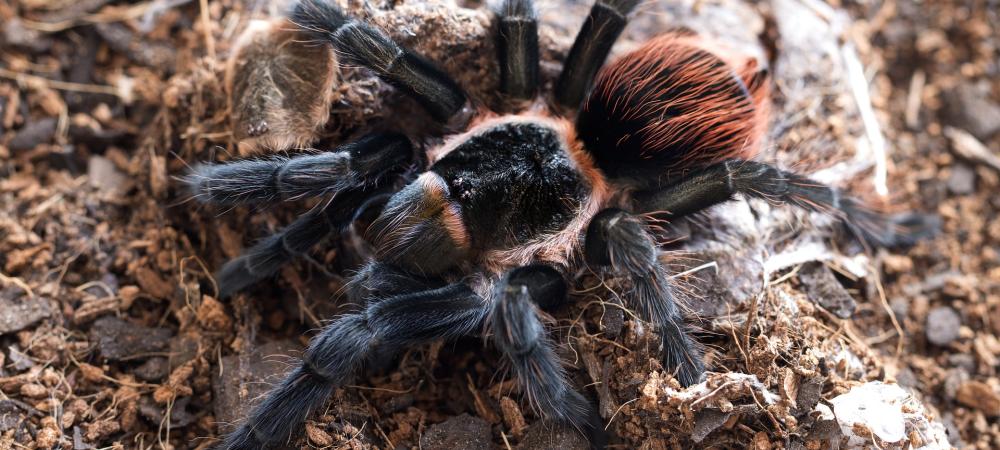Florida's Red Rump Tarantula Demonstrates Need for Professional Spider Control

Between 2005 and 2006, Mexico's Red Rump Tarantula began slowly taking over South Florida. It's not that the spider was totally new to the state at that time. After all, the first Red Rump Tarantula to be found in South Florida citrus groves was discovered in 1996, and within weeks, it became apparent that the spiders had already been breeding there.
Nearly two decades later, the situation has become acute. Red Rump Tarantulas can be found all over South Florida, particularly in citrus groves and overgrown areas near swamps and canals.
Learning to recognize these spiders is important, because although their effect on humans is not life-threatening, contact with their venom is still painful, and their effect on pets and small mammals can be serious.
How to Recognize a Red Rump Tarantula:
(Information courtesy of the Cincinnati Zoo.)
Size: Large, measuring from 5-7cm, with a leg span of 13cm. Females are larger than males in both body and leg span.
Color: Mostly black with long reddish hair covering the abdomen. Females also have reddish hairs on their legs.
Habitat and Range: Once reported to be found from Belize, El Salvador, Guatemala, Honduras & Mexico. They are now known to occur from Vera Cruz & Yucatan Peninsula south along the Gulf Coast to northeastern Costa Rica. They have recently been found in citrus groves in Florida, where imports seem to have established themselves. They live in deep burrows (4-5 cm. diameter & 45 cm. deep) in scrubland. They are ground-dwelling.
Males die within weeks or months, but females can live for up to twenty years.
As previously mentioned, although the presence of these spiders is not life-threatening to humans, Floridians would do well to take preventative measures, especially if they are raising small children or own pets.
